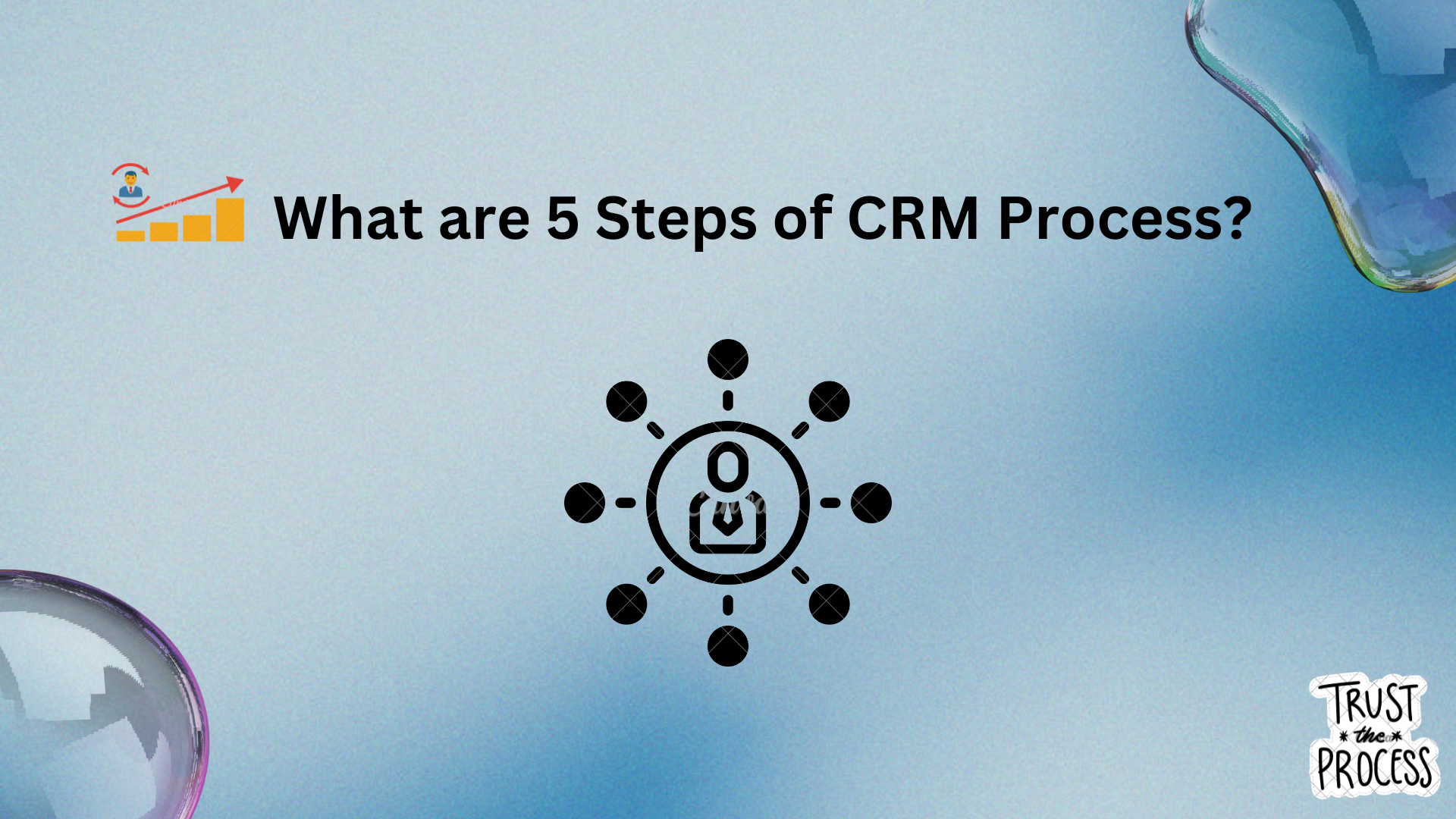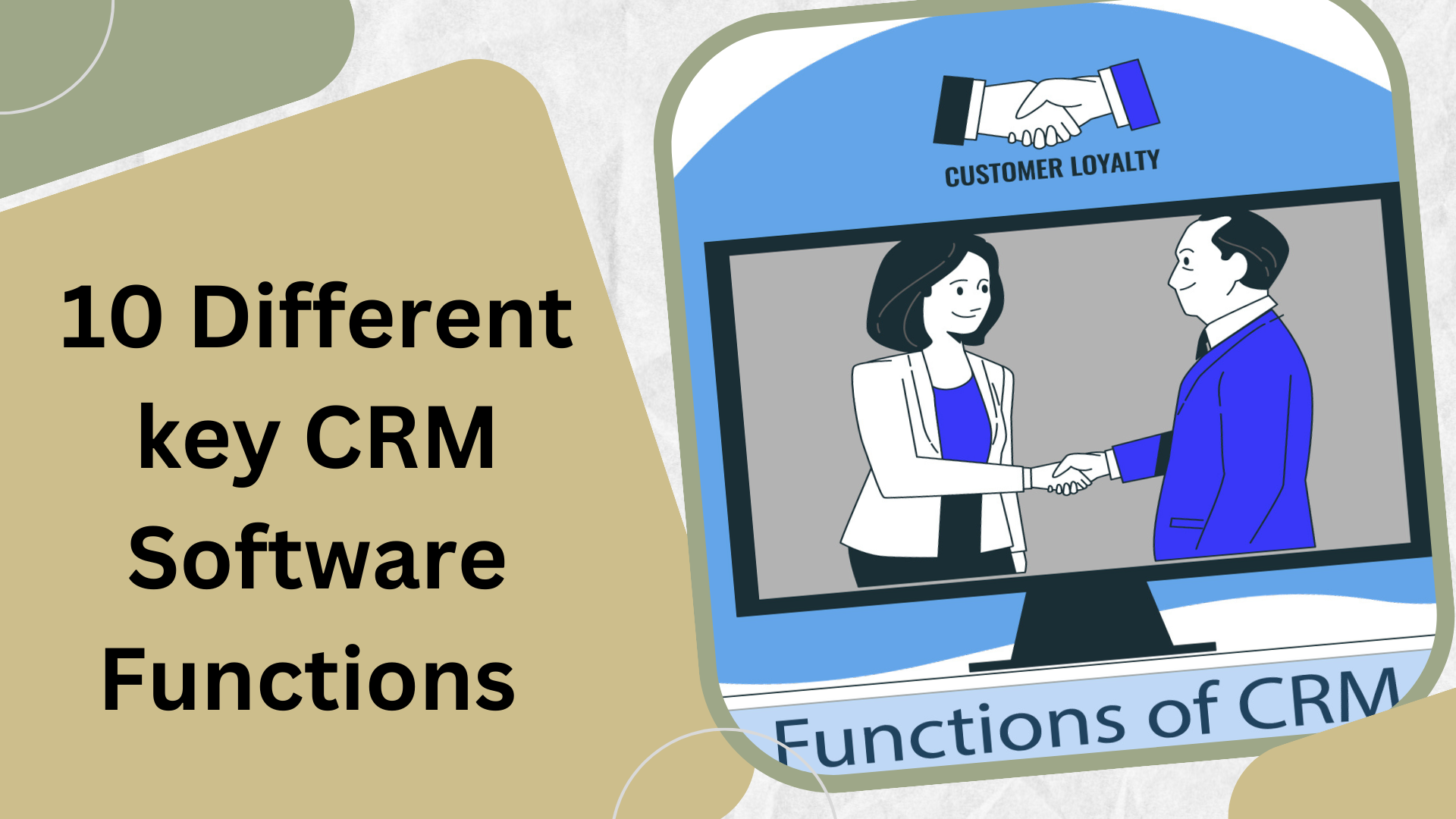
What is a CRM Process? – 5 Important Key steps
What are The Five Steps of The CRM Process?
Customer Relationship Management (CRM) is a strategic approach businesses employ to manage and nurture customer interactions. The CRM process consists of five essential steps that enable organizations to build and maintain strong customer relationships.
- Brand Awareness– Marketing teams research their intended audience to create customized campaigns using A/B testing, marketing automation, and CRM software to uncover patterns in past leads and customers.
- Acquire leads- Engage potential customers through newsletter signups, social media giveaways, or live chat with a CRM system. Simplify lead acquisition with tools like Reach for personalized outreach.
- Convert leads into customers– After engaging with leads, the next step is to convert them into customers. Use a CRM to identify and nurture the most
promising leads with resources. Set reminders to follow up and ensure no opportunities are missed. - Provide superior customer service– Retaining customers is important for company growth. Excellent customer service from the support team is key to
keeping them coming back. Quick issue resolution and omnichannel support are crucial. - Drive upsells– Existing customers can provide value by upgrading to more expensive products. Send personalized recommendations via email based on
purchase history. Service-based businesses can discover opportunities through check-in calls.
What are the 4 Components of the CRM Process?
- Technology: CRM software and tools are essential for collecting, storing, and analyzing customer data. These technologies help businesses streamline their CRM efforts and gain valuable insights into customer behavior.
- People: Skilled and trained personnel are crucial for the success of CRM Customer-facing teams, such as sales and customer support, are vital in implementing CRM strategies and delivering exceptional customer experiences.
- Processes: Defined processes and workflows ensure that CRM strategies are executed effectively. From lead generation to customer support, well-structured processes help maintain consistency and efficiency in customer interactions.
- Data: Data is the foundation of CRM. Accurate and up-to-date customer information is essential for making informed decisions, personalizing interactions,
and measuring the success of CRM initiatives.
What are The Six Elements of CRM?
While the core of CRM involves the steps and components mentioned above, it’s important to consider six essential elements that underpin successful CRM.
- Comprehensive and accurate customer data is the lifeblood of CRM.
- Automation tools streamline the sales process, making it more efficient.
- Automation helps in targeted marketing campaigns and customer engagement.
- Exceptional customer service is a critical aspect of CRM.
- Data analytics provides insights into customer behavior and preferences.
- Integrating CRM software with other business systems enhances efficiency.
Conclusion
In conclusion, the Customer relationship management process is a multifaceted approach that enables businesses to build and maintain strong, lasting relationships with their customers. By following the five steps, utilizing the four components, and considering the six elements, organizations can effectively implement CRM strategies and thrive in today’s competitive business landscape.





